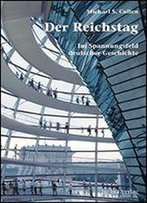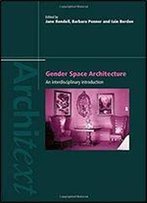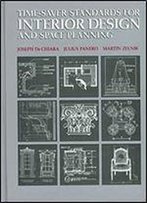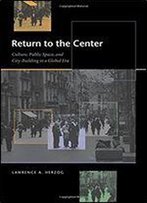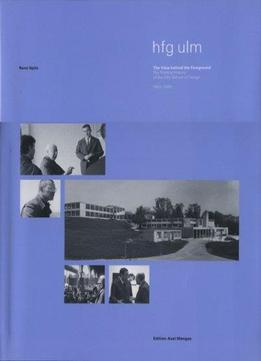
The Ulm School Of Design: The View Behind The Foreground
by Rene Spitz /
2002 / English / PDF
87.2 MB Download
The Ulm School of Design is considered to be the most influential educational institution in the world for contemporary design. It not only promoted a style, but its theses and history also shaped the ethos of designers working in the tradition of the Bauhaus, the Werkbund and 'good form' to improve society by means of exemplary design. It was the smithy of an international design elite, many of which carried the Ulm message all over the world as missionaries. A gap yawns between the recognized importance of the school and the fact that it no longer exists, and it is a gap that cannot be clearly bridged at first sight. A humus has formed here on which the myth of 'Ulm' has been grown. Hitherto there has been no possibility of finding out about the political history of the school. Work by its lecturers and their teaching have been presented in many places. But under what circumstances did this work take place? Why was the school founded? What were the aims pursued by its founders Inge Scholi, Otl Alcher, Max Bill and (in the early stages) Hans Werner Richter? How did they succeed in overcoming the obstacles that barred their way: barriers erected by bureaucracy, politicians' reservations, jealousy from other higher education institutions, and resulting from all these: lack of money? When the school had finally been founded and its buildings, designed by Bill, were in place on the Kuhberg in Ulm, the problems were by no means at an end. We are still aware of the sensational ideas, concepts and products that were developed there. But so far we have not been aware of the pressure of the difficulties that weighed on this development work -- the clashes between Bill and Aicher about the aims of the school, the endless battles between designers and theoreticians about who was more important and finally the constant crises about the constitution and funding of the school. This book provides a first chronologically structured account of the political history of the school. It is based on an academic historical scrutiny undertaken at the University of Cologne, for which the author evaluated several thousand un-researched and inaccessible documents.

